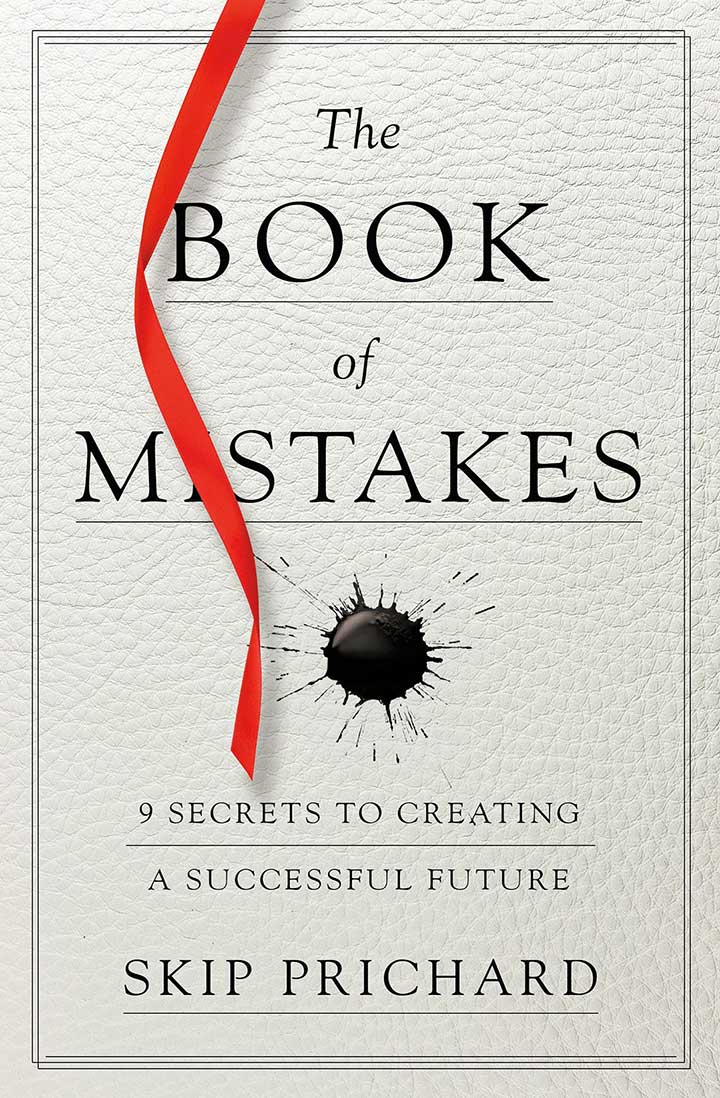I’ve visited some of the world’s most beautiful gardens.
What makes them so stunning?
Perhaps it’s the careful planning and clear borders. Each plant has its space, and everything is in its place. A garden flourishes when you set clear borders, knowing where to plant and where to trim.
It’s like that at work, too. Setting boundaries at work helps your professional life bloom. It creates space for productivity and personal well-being.
Today the lines between personal and professional life can blur easily. Emails arrive at all hours, meetings spill over into lunch breaks, and the pressure to perform can feel relentless. Without clear boundaries, it’s easy to become overwhelmed and burnt out. This is why setting boundaries is more important than ever.
Boundaries act as invisible fences that protect your time, energy, and mental health. They help you manage your workload and ensure you have time to rest and recharge. Many people hesitate to set boundaries because they fear it might make them appear less dedicated or cooperative. However, boundaries are not barriers; they are essential tools for maintaining a healthy, productive work environment.
Let’s think about boundaries in another way. Consider a river. Without banks to contain it, the river would spread out, lose its direction, and flood everything in its path. But with clearly defined banks, it flows smoothly and purposefully, nourishing the land it passes through. Boundaries help direct your energy and efforts where they are most needed, allowing you to work more effectively and maintain balance in your life.
Why boundaries matter
Boundaries are crucial for maintaining balance. They help you protect your time, energy, and mental health. Without them, work can become overwhelming.
How to set boundaries
- Define your limits
Know what you can and cannot do. Recognize your limits to avoid overcommitting.
- Communicate clearly
Once you know your limits, communicate them clearly. Let your colleagues and managers know what you need to perform at your best.
- Prioritize tasks
Identify what’s most important. Focus on high-priority tasks to manage your workload better.
- Learn to say no
It’s okay to decline additional tasks when you’re at capacity. Saying no is a powerful way to protect your time and energy.
- Schedule downtime
Plan regular breaks and time off. This helps you recharge and maintain productivity.
- Stick to your work hours
Respect your work hours. Avoid checking emails or working late unless absolutely necessary.
The benefits of boundaries
Setting boundaries leads to better work-life balance. It improves your mental and physical health. It also enhances your productivity and job satisfaction.
Moving forward
Boundaries are essential in any work environment. They protect your well-being and help you thrive professionally. Start by defining your limits, communicating them, and prioritizing your tasks.
Remember, it’s okay to say no and to take time for yourself. Your garden of work will flourish when you set clear boundaries.
Setting boundaries might seem challenging at first, but it’s an investment in your long-term success. By taking the time to establish and maintain boundaries, you create a work environment that allows you to grow and excel.
Think of it as tending to your garden — with care and attention, it will thrive, and so will you.
Image Credit: Bernd Dittrich



